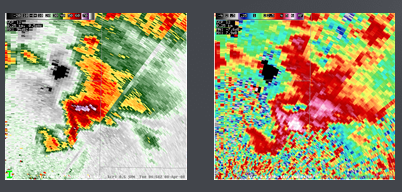 |
||||
| About Skywarn | Training Schedule | Become a Spotter | Submit Report | Training Resources |
|
Frequently Asked Questions
 What is my spotter ID number? Do I get an ID card? Spotter Training Live Course
 Forecasters from the National Weather Service in Lubbock conduct storm spotter training sessions each year to help prepare spotters for the upcoming severe weather season. The NWS conducts the training at the invitation of local emergency management officials who organize the training and who, in most cases, are responsible for maintaining their local storm spotter network. Most sessions are open to anyone who is interested in learning more about being a spotter, but you should check to be sure before attending a class. Forecasters from the National Weather Service in Lubbock conduct storm spotter training sessions each year to help prepare spotters for the upcoming severe weather season. The NWS conducts the training at the invitation of local emergency management officials who organize the training and who, in most cases, are responsible for maintaining their local storm spotter network. Most sessions are open to anyone who is interested in learning more about being a spotter, but you should check to be sure before attending a class.Our live training sessions are approximately 1.5 hours in length. This goal of the training is to train spotter to assist local officials and the NWS with early detection of severe weather, and provide ground truth during severe weather events. The learning objectives of both our live and web based training are: • Understand the how the NWS Integrated Warning System works and how the spotter fits into this system • Identify the ingredients needed for organized thunderstorms • Recognize the visual and environmental clues suggestive of severe weather • Distinguish between legitimate clues and non-significant features associated with severe weather • Learn how to stay safe when storm spotting • Learn proper storm reporting procedures NWS Lubbock has developed a series of training videos covering different aspects of severe weather and storm spotting. Click on the thumbnail slides below to access these videos. The videos are now hosted on YouTube. Introduction
Climatology
Understanding
thunderstorms Supercells &
accessory clouds Tornadoes &
other circulations Spotting &
safety
|